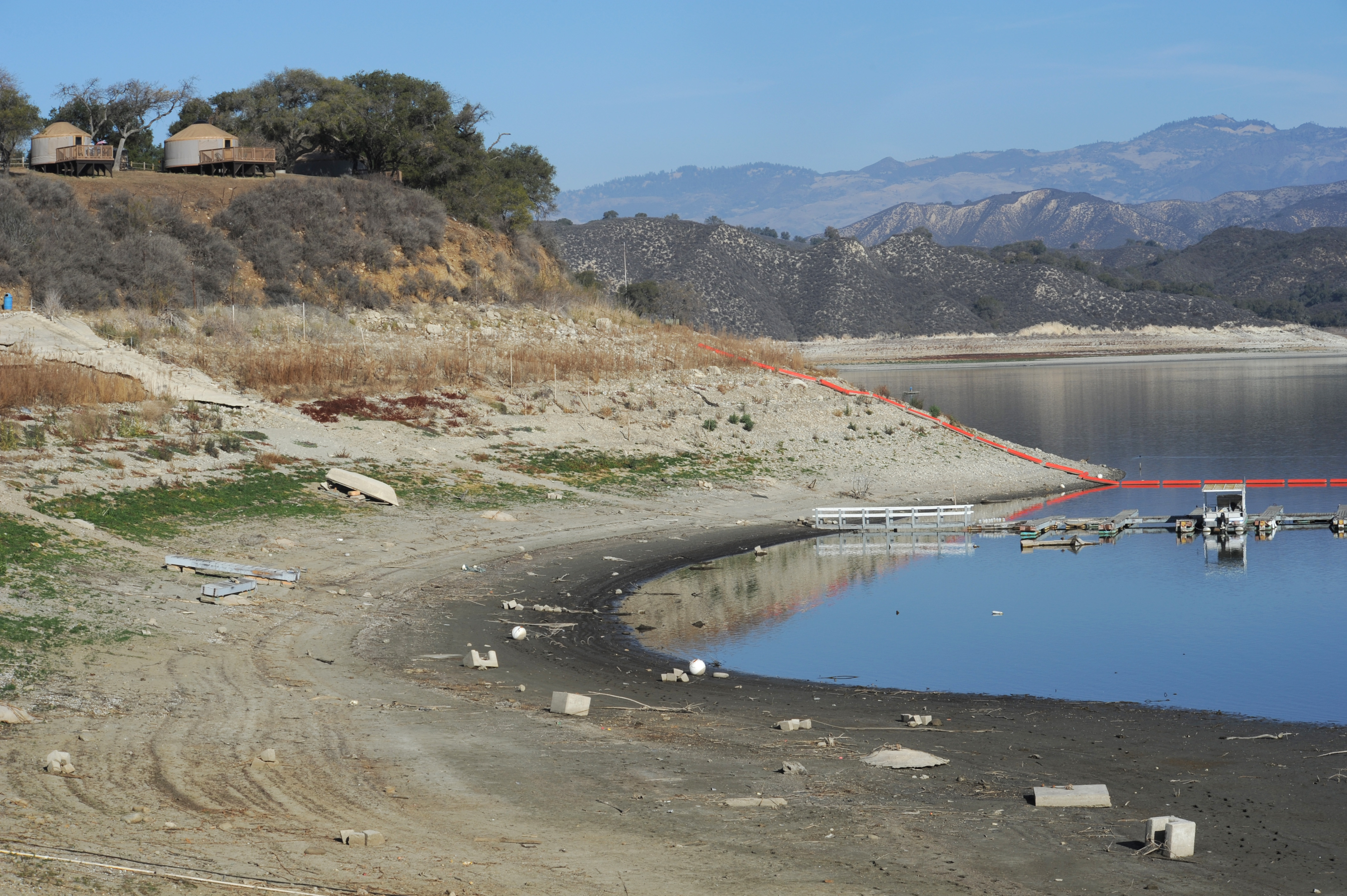Are We Preparing for the Climate Crisis?
The Need for an Active Community Conversation

The impacts of climate change have arrived in our region, and we are not prepared. We know this most recently from our experiences with wildfires and extreme weather events — but what other impacts are heading our way that we are not prepared for? What are we not thinking about?
Increased heat, more pronounced drought punctuated by extreme rain (think microbursts and atmospheric rivers), increased danger of wildfire, and sea-level rise are key risks identified for our region in the State of California’s most recent climate assessment. Together these concerns threaten to shape a Santa Barbara very different than the one we know and love.
For example, extreme heat has not historically been a significant concern for our region — but this is expected to change. While we may not get as hot, say, as the Central Valley or Inland Empire, we may get hot enough to cause severe problems, especially since our normally temperate communities don’t have the same amount of air-conditioned infrastructure as other regions. During a 2006 heat wave, coastal communities suffered higher rates of heat-related mortality compared to inland communities. Keeping our cool will become a concern for all of us, but heat poses an elevated risk for children, seniors, people of color, and people with preexisting conditions such as high blood pressure and heart disease.
At a time when our health-care systems are overloaded and making up for federal cutbacks, are we prepared to see even higher demands — and in new areas? Have we thought about health impacts for our county’s 20,000 farmworkers and other outdoor workers — or for people who are homeless? Have we thought about the mental-health impacts — not just during extreme events but in the day-to-day facing of grinding uncertainties?
We need to have a community conversation about climate change and its consequences. This will mean not just responding to individual disasters, but looking broadly and regionally at the various risks of climate change, so we don’t work at cross purposes. For example, preparing the transportation network might involve getting ready for sea-level rise impacts in one corridor and wildfire evacuation needs in another corridor. Taking a holistic approach also means ensuring that those who are most at risk of climate change are at the center of the decisions about how to respond. Quite often these are members of our community who have been marginalized or have fewer resources to protect themselves.
The bottom line is that we need to strengthen our community overall to be more climate resilient. And we need to do this even as we continue to work with great urgency to reduce greenhouse-gas emissions. Working to prepare for climate change can only strengthen the case for making these reductions. As we start to understand the seriousness of the challenge we are facing, we see how much we must take action now to reduce emissions so we can stave off the most extreme effects.
At a forum next week, we will hear about the key impacts from the climate crisis expected for our region. Then we will focus on two of these effects — sea-level rise and health impacts. Join us.
The League of Women Voters of Santa Barbara Community Forum The Climate Crisis and Our Community: Sea-Level Rise and Health Impacts, cosponsored by the Community Environmental Council and the Santa Barbara Public Library, will be Wednesday, April 17, noon-2 p.m., in the Faulkner Gallery of the Santa Barbara Public Library (40 E. Anapamu St.). The event is free and accessible, available in Spanish, and filmed by TVSB. For more information, see lwvsantabarbara.org.
Sigrid Wright is CEO/executive director of the Community Environmental Council. Lindsey Baker is co-president of program and advocacy for the League of Women Voters of Santa Barbara. The Community Environmental Council’s Santa Barbara Earth Day Festival will be April 27-28 in Alameda Park. For more information, see sbearthday.org.



